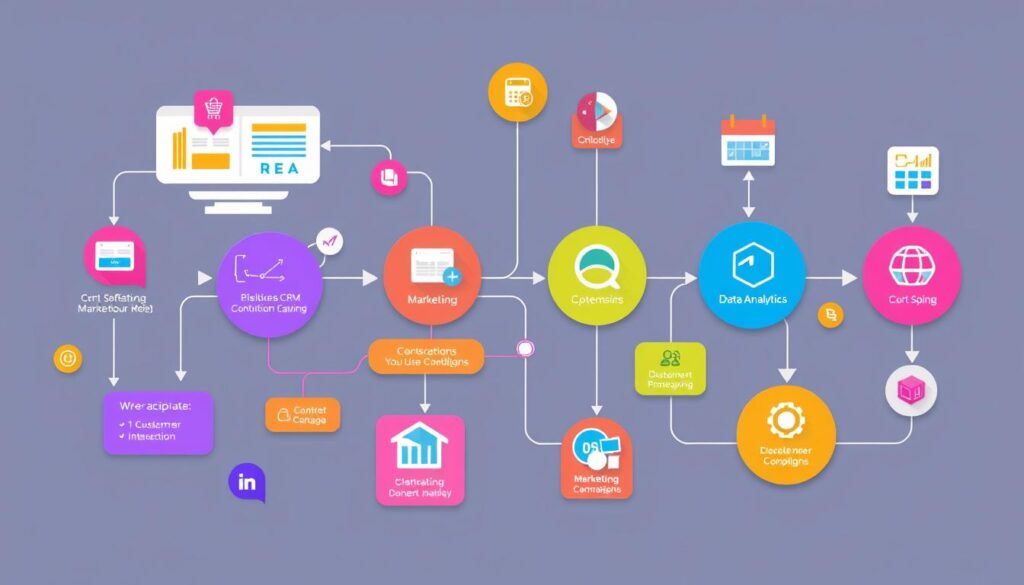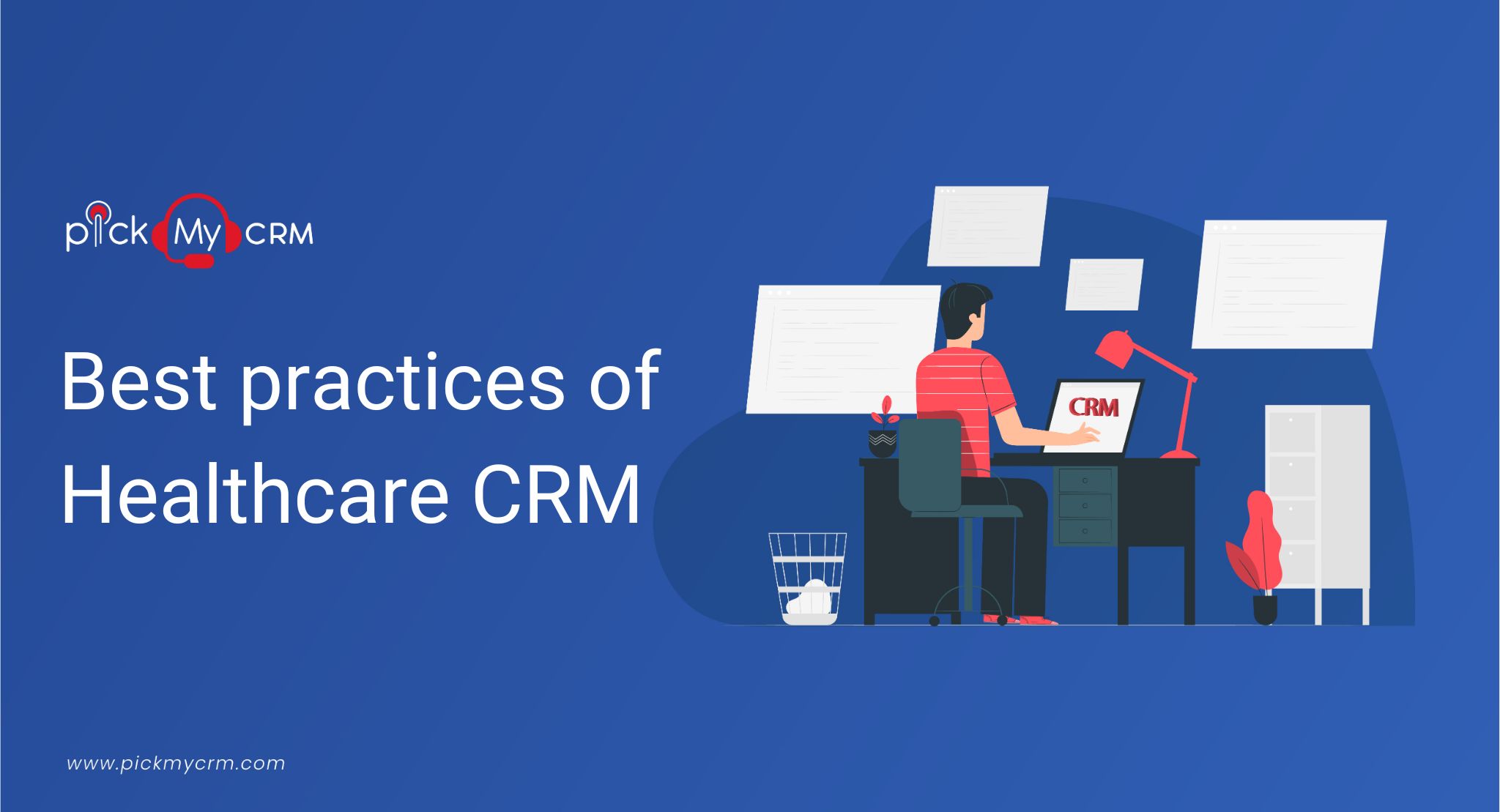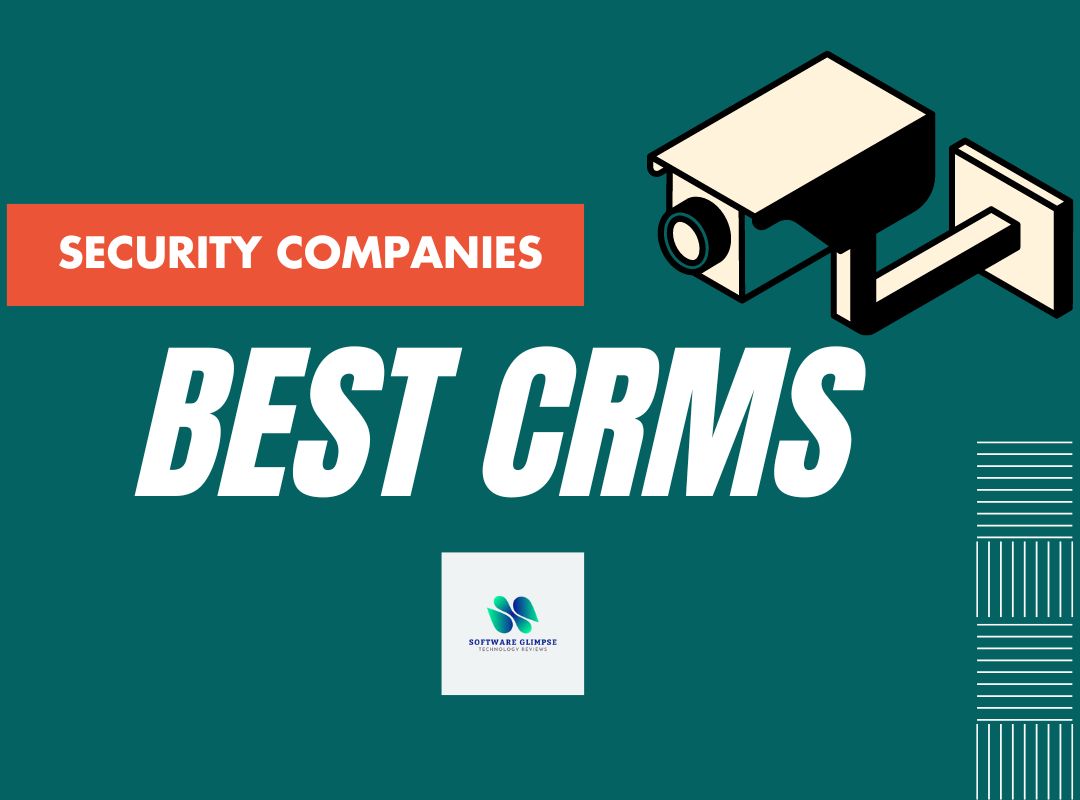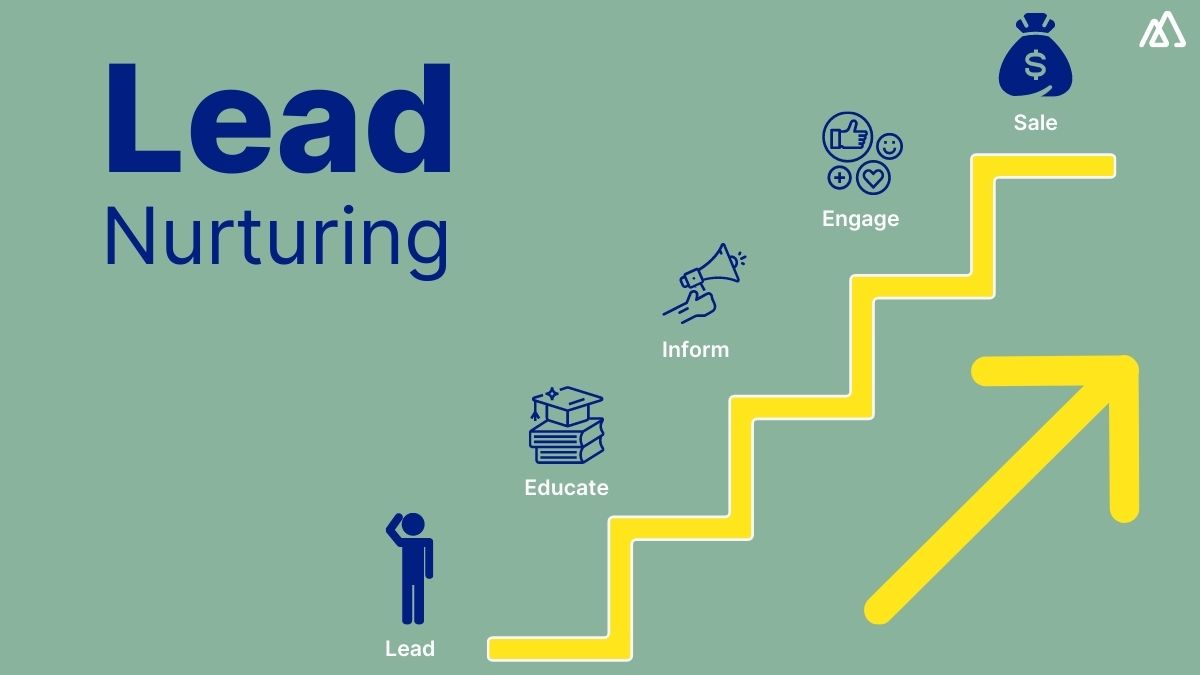
Mastering CRM Marketing Workflows: Your Ultimate Guide to Automation and Success
In today’s fast-paced business environment, staying ahead of the curve is crucial. One of the most effective ways to achieve this is by leveraging the power of Customer Relationship Management (CRM) marketing workflows. This comprehensive guide delves deep into the intricacies of CRM marketing workflows, providing you with the knowledge and tools to optimize your marketing efforts, enhance customer engagement, and drive substantial business growth. We’ll explore everything from the fundamental concepts to advanced strategies, ensuring you’re well-equipped to transform your CRM into a marketing powerhouse.
What is a CRM Marketing Workflow?
At its core, a CRM marketing workflow is a series of automated actions triggered by specific customer behaviors or predefined events. Think of it as a carefully orchestrated sequence of steps designed to guide your leads through the sales funnel, nurture existing customers, and ultimately, boost your bottom line. These workflows are typically built within your CRM system, allowing you to personalize and automate various marketing activities.
Instead of manually performing tasks such as sending emails, updating contact information, or segmenting your audience, CRM marketing workflows automate these processes. This saves you valuable time and resources, allowing your marketing team to focus on more strategic initiatives.
The Benefits of CRM Marketing Workflows
Implementing CRM marketing workflows offers a multitude of benefits, including:
- Increased Efficiency: Automation streamlines repetitive tasks, freeing up your team to focus on more strategic activities.
- Improved Lead Nurturing: Automated workflows ensure that leads receive timely and relevant information, guiding them through the sales funnel.
- Enhanced Customer Engagement: Personalized communication based on customer behavior fosters stronger relationships and increases loyalty.
- Data-Driven Insights: Workflows provide valuable data on customer interactions, allowing you to refine your marketing strategies and improve performance.
- Higher Conversion Rates: By delivering the right message at the right time, workflows increase the likelihood of converting leads into customers.
- Reduced Costs: Automation minimizes the need for manual labor, leading to cost savings.
- Scalability: Workflows can easily adapt to growing customer bases and evolving business needs.
Key Components of a CRM Marketing Workflow
Understanding the key components of a CRM marketing workflow is essential for building effective and successful campaigns. These components work together to create a seamless and automated marketing experience.
1. Triggers
Triggers are the events that initiate a workflow. They can be based on various factors, such as:
- Customer Actions: Website visits, form submissions, email opens, link clicks, and purchase history.
- Time-Based Events: Scheduled emails, reminders, and follow-ups.
- Data Updates: Changes in customer information, such as a new contact record or a change in lead status.
- Segmentation: Based on specific criteria like demographics, purchase history, or engagement levels.
2. Actions
Actions are the tasks that are automatically performed when a trigger is activated. Examples of actions include:
- Sending Emails: Automated welcome emails, newsletters, and promotional campaigns.
- Updating Contact Information: Automatically updating contact details based on form submissions or data updates.
- Assigning Tasks: Assigning tasks to sales representatives or other team members.
- Updating Lead Status: Moving leads through the sales funnel based on their interactions.
- Adding or Removing Tags: Segmenting customers based on their behavior or interests.
3. Conditions
Conditions are rules that determine whether an action should be performed. They add a layer of intelligence to your workflows, ensuring that the right actions are taken at the right time. For example:
- Segmentation: If a customer belongs to a specific segment, send them a targeted email.
- Behavior: If a customer clicks on a specific link, add them to a nurturing campaign.
- Data: If a customer’s purchase value exceeds a certain amount, assign them to a VIP segment.
4. Delays
Delays allow you to control the timing of actions within a workflow. They can be used to:
- Space out emails: Prevent overwhelming customers with too many messages at once.
- Schedule follow-ups: Send a follow-up email a few days after a customer receives a quote.
- Create a sense of anticipation: Build excitement for an upcoming event or product launch.
Building Effective CRM Marketing Workflows: A Step-by-Step Guide
Now that you understand the key components, let’s walk through the process of building effective CRM marketing workflows. Following these steps will help you create campaigns that drive engagement and achieve your business goals.
Step 1: Define Your Goals
Before you start building any workflow, it’s crucial to define your goals. What do you want to achieve? Are you trying to:
- Generate more leads?
- Nurture existing leads?
- Increase sales?
- Improve customer retention?
- Promote a new product or service?
Clearly defined goals will guide your workflow design and help you measure its success.
Step 2: Identify Your Target Audience
Who are you trying to reach? Understanding your target audience is essential for personalizing your messaging and ensuring that your workflows are relevant. Consider factors like:
- Demographics (age, location, income)
- Interests
- Behavior (website activity, purchase history)
- Needs
Use your CRM data to segment your audience and create targeted workflows for different groups.
Step 3: Choose Your Triggers
What events will initiate your workflow? Select triggers that align with your goals and target audience. Common triggers include:
- Form submissions: Capture leads from your website.
- Email opens: Identify engaged prospects.
- Link clicks: Gauge interest in specific products or services.
- Website visits: Track customer behavior on your website.
- Purchase history: Trigger post-purchase follow-ups or cross-selling campaigns.
Step 4: Design Your Actions
What actions will be taken when the trigger is activated? Plan the sequence of actions that will guide your leads through the sales funnel. This might include:
- Sending a welcome email: Introduce your brand and provide valuable information.
- Sending a series of nurturing emails: Provide helpful content and build relationships.
- Assigning tasks to sales reps: Follow up with qualified leads.
- Updating lead status: Move leads through the sales funnel.
- Adding or removing tags: Segment customers based on their behavior.
Step 5: Set Up Conditions and Delays
Use conditions to personalize your workflows and ensure that the right actions are taken at the right time. Incorporate delays to control the timing of your actions and create a seamless customer experience.
Step 6: Test and Refine
Before launching your workflow, test it thoroughly to ensure that it functions as expected. Send test emails, check for errors, and make sure that all actions are triggered correctly. Once your workflow is live, monitor its performance and make adjustments as needed. Track key metrics such as:
- Open rates
- Click-through rates
- Conversion rates
- Revenue generated
Use this data to optimize your workflows and improve their effectiveness.
Examples of CRM Marketing Workflows
Let’s explore some practical examples of CRM marketing workflows that you can implement in your business.
1. Lead Nurturing Workflow
Goal: Convert leads into qualified prospects.
Trigger: Lead submits a form on your website.
Actions:
- Send a welcome email with a valuable resource.
- After 3 days, send a follow-up email with a case study or testimonial.
- After 7 days, send an email inviting the lead to schedule a demo.
- If the lead schedules a demo, assign a task to a sales rep.
2. Abandoned Cart Workflow
Goal: Recover lost sales from customers who abandon their shopping carts.
Trigger: Customer adds items to their cart but doesn’t complete the purchase.
Actions:
- After 1 hour, send an email reminding the customer about their cart.
- After 24 hours, send a follow-up email with a special offer or discount.
- If the customer completes the purchase, send a thank-you email.
3. Customer Onboarding Workflow
Goal: Welcome new customers and ensure they have a positive experience.
Trigger: New customer makes a purchase.
Actions:
- Send a welcome email with instructions and helpful resources.
- After 3 days, send an email asking for feedback.
- After 7 days, send an email with tips and tricks.
- Segment the customer based on their feedback.
4. Customer Segmentation Workflow
Goal: Segment customers based on their behavior or interests.
Trigger: Customer clicks on a specific link in an email.
Actions:
- Add a tag to the customer’s profile (e.g., “Interested in Product X”).
- Add the customer to a specific email list.
- Send a series of targeted emails about Product X.
5. Post-Purchase Follow-Up Workflow
Goal: Build customer loyalty and encourage repeat purchases.
Trigger: Customer makes a purchase.
Actions:
- Send a thank-you email.
- After 7 days, send an email asking for a review.
- After 30 days, send an email with a special offer for a related product.
Choosing the Right CRM for Your Marketing Workflows
The success of your CRM marketing workflows depends heavily on the CRM system you choose. Different CRM platforms offer varying levels of functionality and automation capabilities. Consider these factors when selecting a CRM:
- Automation Capabilities: Does the CRM offer robust workflow automation features?
- Ease of Use: Is the platform user-friendly and easy to navigate?
- Integration Capabilities: Does the CRM integrate with your existing marketing tools?
- Scalability: Can the CRM handle your growing customer base and evolving business needs?
- Reporting and Analytics: Does the CRM provide detailed reporting and analytics to track your performance?
- Pricing: Is the pricing model affordable for your budget?
Some popular CRM platforms with strong marketing automation features include:
- Salesforce: A comprehensive CRM with extensive automation capabilities.
- HubSpot: A user-friendly CRM with a focus on inbound marketing.
- Zoho CRM: A cost-effective CRM with powerful automation features.
- Microsoft Dynamics 365: A CRM with a wide range of features and integrations.
- Pipedrive: A sales-focused CRM with intuitive workflow automation.
Tips for Optimizing Your CRM Marketing Workflows
Once you’ve implemented your CRM marketing workflows, it’s essential to continuously optimize them to improve their performance. Here are some tips to help you get the most out of your workflows:
- Personalize Your Messaging: Tailor your messages to each customer’s individual needs and preferences.
- Segment Your Audience: Divide your customers into different segments based on their behavior, interests, and demographics.
- Test Your Workflows: Regularly test your workflows to ensure that they’re functioning correctly.
- Analyze Your Results: Track key metrics such as open rates, click-through rates, and conversion rates to measure the success of your workflows.
- Make Adjustments: Based on your analysis, make adjustments to your workflows to improve their performance.
- Keep It Simple: Don’t overcomplicate your workflows. Start with simple, targeted campaigns and gradually add complexity as needed.
- Stay Up-to-Date: Keep abreast of the latest CRM marketing trends and best practices.
The Future of CRM Marketing Workflows
CRM marketing workflows are constantly evolving, with new technologies and trends shaping the future of marketing automation. Some key trends to watch include:
- Artificial Intelligence (AI): AI is being used to personalize customer experiences, automate tasks, and improve workflow performance.
- Hyper-Personalization: Marketers are using data to create highly personalized experiences that resonate with individual customers.
- Cross-Channel Marketing: Workflows are being integrated across multiple channels, such as email, social media, and SMS.
- Predictive Analytics: Predictive analytics is being used to forecast customer behavior and optimize workflows accordingly.
- Focus on Customer Experience: Marketing is increasingly focused on providing exceptional customer experiences.
By embracing these trends, you can ensure that your CRM marketing workflows remain effective and relevant in the years to come.
Conclusion
CRM marketing workflows are a powerful tool for optimizing your marketing efforts, enhancing customer engagement, and driving business growth. By understanding the key components, following a step-by-step guide, and continuously optimizing your workflows, you can transform your CRM into a marketing powerhouse. Embrace the power of automation, personalize your messaging, and stay ahead of the curve to achieve lasting success.


